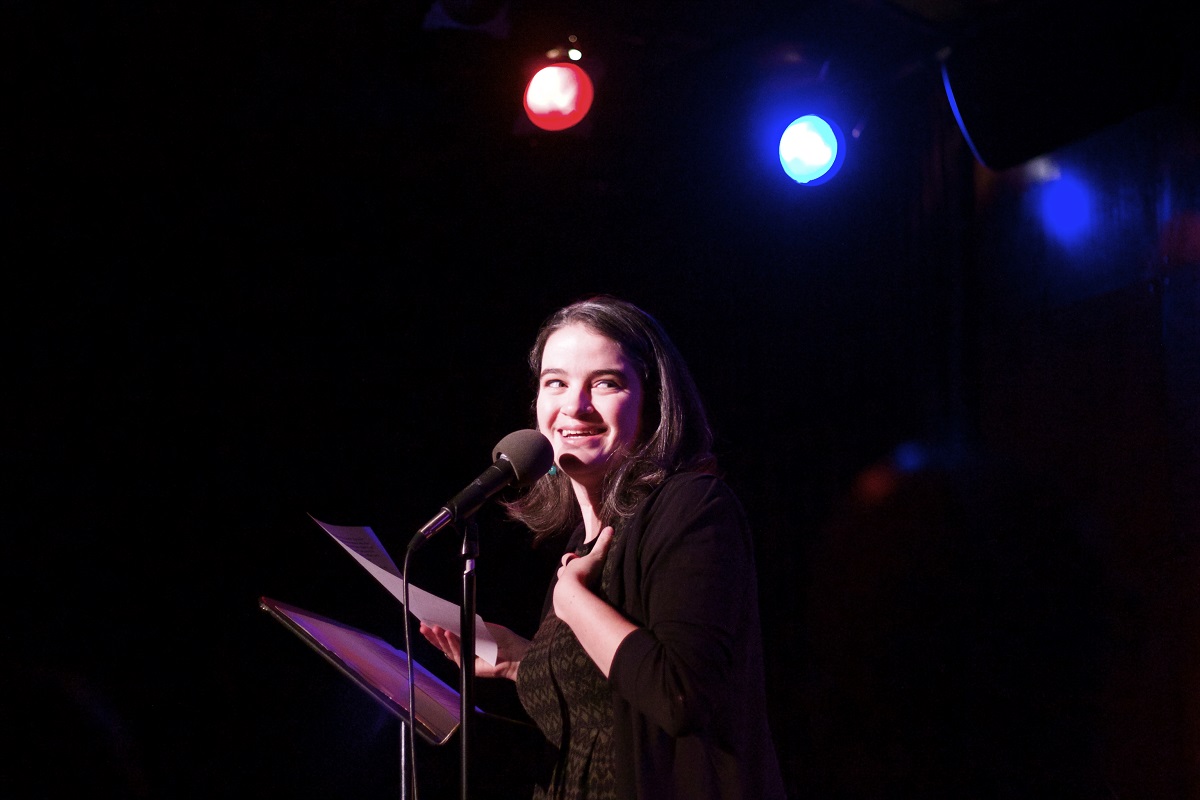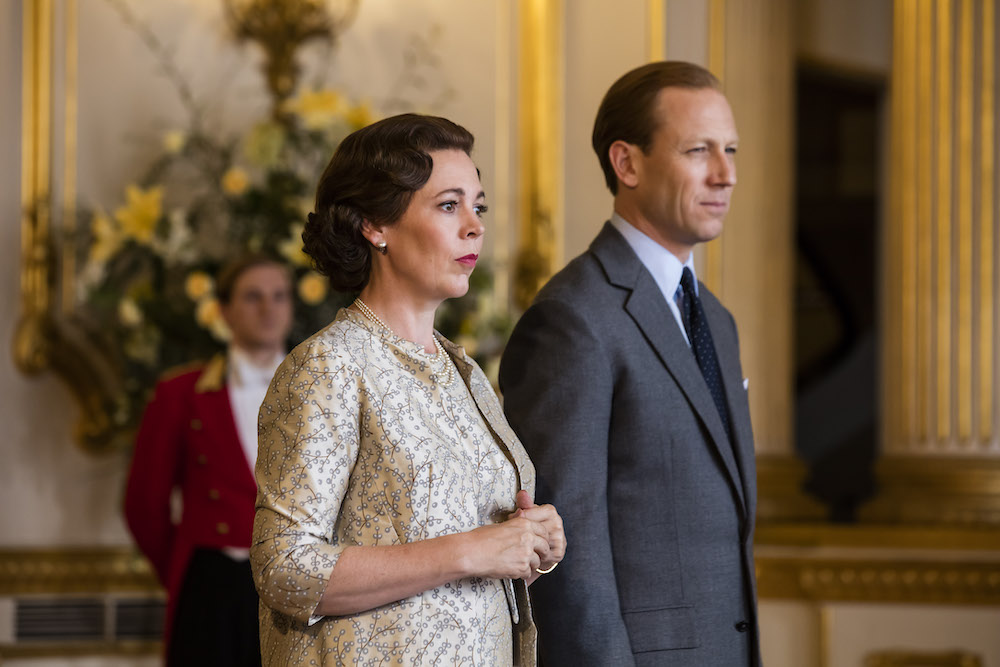The third season of “The Crown” uses its opening moments to remind us of the line of succession in Peter Morgan’s acclaimed, lavish costume drama. Claire Foy is no more, long live Claire Foy; Oscar-winner Olivia Colman ascends the throne. “A great many changes,” Colman’s Elizabeth says as she stares down two portraits of herself in profile, one destined to replace the other on postage stamps countrywide. “But there we are. Age is rarely kind to anyone.”
It’s kind to “The Crown.” This Elizabeth is, unsurprisingly, every bit as good as her Emmy-winning predecessor, and the rest of the new regime either meets or bests their counterparts (more on them later). But while the monarch has become a “settled sovereign,” as one adviser describes that new portrait, the series which revolves around her has done anything but settle. It is, like the monarchy it takes such pains to depict, simultaneously stuck in its old ways and running headlong into new ones, and the resulting third season is as a result more uneven than its two predecessors, but also more daring and surprising. When it works, it’s incredibly compelling, once again solidifying itself as one of the best shows of the year; when it doesn’t, it’s merely one of the best acting ensembles anywhere, moving about in a series that’s as richly designed, expertly directed, and satisfyingly paced as anything else in television. This season may have more missteps than usual, but those misses are, for the most part, far more interesting than those committed by earlier seasons, and like the characters at its center, those flaws make the glossy public image it projects more interesting, not less.
If that seems like a lot of “here’s how ‘The Crown’ is like its characters/story/life/the world’” thoughts, it’s because the series encourages them throughout its fascinating third season. Elizabeth (Colman), now both settled in and resigned to her life as a figurehead who can rarely afford to be a person, begins the second age of this series by greeting a new Prime Minister, Harold Wilson (the excellent Jason Watkins). She eyes Wilson, a member of the Labour Party with anti-monarchist views, with suspicion—not because of these views, but because he’s dogged by rumors suggesting he might be an operative of the KGB. A disaster of epic, incalculable scale occurs, the result of extraordinary weather but also the negligence of government, and the insufficient response of those in power makes it all that much worse. There’s a storyline that recalls “The King’s Speech,” and several in which the egos of politicians play an enormous role in determining the future of communities, countries, and the world as a whole. On top of all that, most episodes link the this-day-in-history stories to the personal struggles of those in the Windsor family. It’s a lot, and it mostly works; If things are a little overly tidy or the parallels a bit too on-the-nose from time to time, then so be it.

And all the while, Elizabeth sits there, a portrait on a stamp come to life, working furiously to remain so neutral that there’s nothing for Olivia Colman to play. But Colman wins that battle, bringing just as much thought and conflict to Elizabeth’s struggle to be the crown at the expense of the person she is (and the people around her) as Foy did herself. This Elizabeth has gotten better at hiding the humanness, and Colman’s performance is even more restrained than Foy’s as a result—yet somehow no less affecting. Of particular note is “Aberfan,” the standout third episode of the season, which hinges in no small part on the question of Elizabeth’s perceived vulnerability, or lack thereof; without giving anything away, the final scene is a stunner, a symphony of restraint, made possible by the formidable talents of Colman and director Benjamin Caron.
If Colman is every bit as good as Foy, then Tobias Menzies, taking over from Matt Smith, exceeds his predecessor. It must be pointed out, however, that Menzies—who for this writer’s money is one of the best actors of his generation—does benefit from playing a version of Philip far more compelling than that of seasons one and two. He’s especially good in “Bubbikins,” another early Caron-directed episode that shows a painfully tone-deaf Philip attempting to secure a PR win for the family while his eccentric mother (Jane Lapotaire), newly arrived in the palace, sits alone and praying in a pristine, silent room, but the most interesting entry is “Moondust.” Like most episodes this season, it’s about a historical event (the moon landing) but is really about the emotional life of one of the royals, and it proves considerably more interesting than almost all previous “Philip is dissatisfied” stories by the simple expedience of making him question why that might be. Director Jessica Hobbs gives Menzies plenty of what you might call Olivia Colman moments, allowing the camera to linger on his unmoving, yet somehow incredibly expressive, face, and trusting most of the hour’s big emotional leaps to nothing more than his ability to fill silence.

As the new Princess Margaret, Helena Bonham Carter spreads the charm on as thickly as clotted cream, though never so thickly that we lose sight of the tormented person beneath; her scenes with Colman are, each and every one, season highlights. Margaret gets considerably more time with Elizabeth than do Elizabeth’s children, though that’s in part because Anne (Erin Doherty) and especially Charles (Josh O’Connor) have storylines of their own, in which she’s an intentionally distant figure. For the most part, Anne’s story functions within Charles’s, but Doherty, a relative newcomer, gives nearly all her scenes a sort of steely humor. And while it’s O’Connor’s uncanny resemblance to the young Charles that’s most likely to overwhelm viewers, his gentle, sad performance is key to much of the success of the season’s back half.
The costuming, art direction, and production design are as fine as ever, the direction and cinematography often slightly more adventurous—the Hobbs-directed closer “Cri de Couer,” for example, includes a beautiful, distressing sequence of a giddy Margaret swimming safely in a pool, but shot in such a way that she’s literally struggling to keep her head above water. A still bigger departure comes in the form of composer Martin Phipps’ score. Phipps, who is new to the show, creates a sonic landscape that’s more textured and atonal—not the kind of stuff you’d head on “Downton Abbey.” It emphasizes the changes in the show, rather than underplays them, and the result is oddly thrilling.
When Philip sets out to achieve that PR win for the family, he can’t stop talking about what a value the royals are for the people of the United Kingdom. Sure, they’re massive expense, but look what they give to the country! He doesn’t succeed in making that point, but if you’ll forgive one more “Crown”-to-life parallel, Netflix certainly does. Two new streaming services launched this month, the latest to join a fast-growing pack, but with the release of “The Crown,” Netflix issues a potent reminder that it, too, is worth your money. Those other services have good things, but none of them have “The Crown.”












